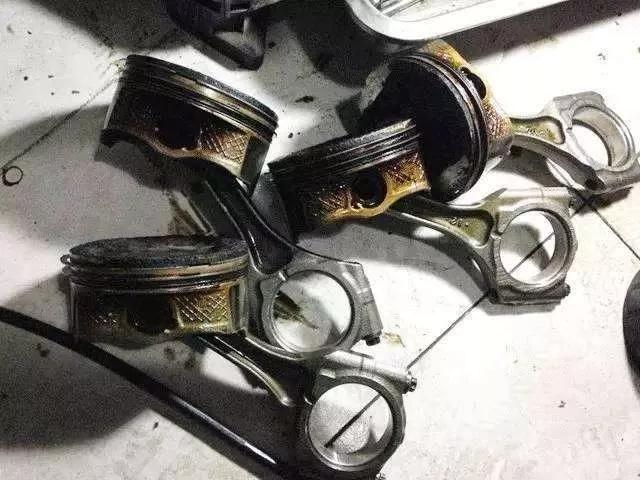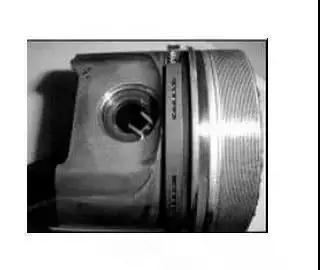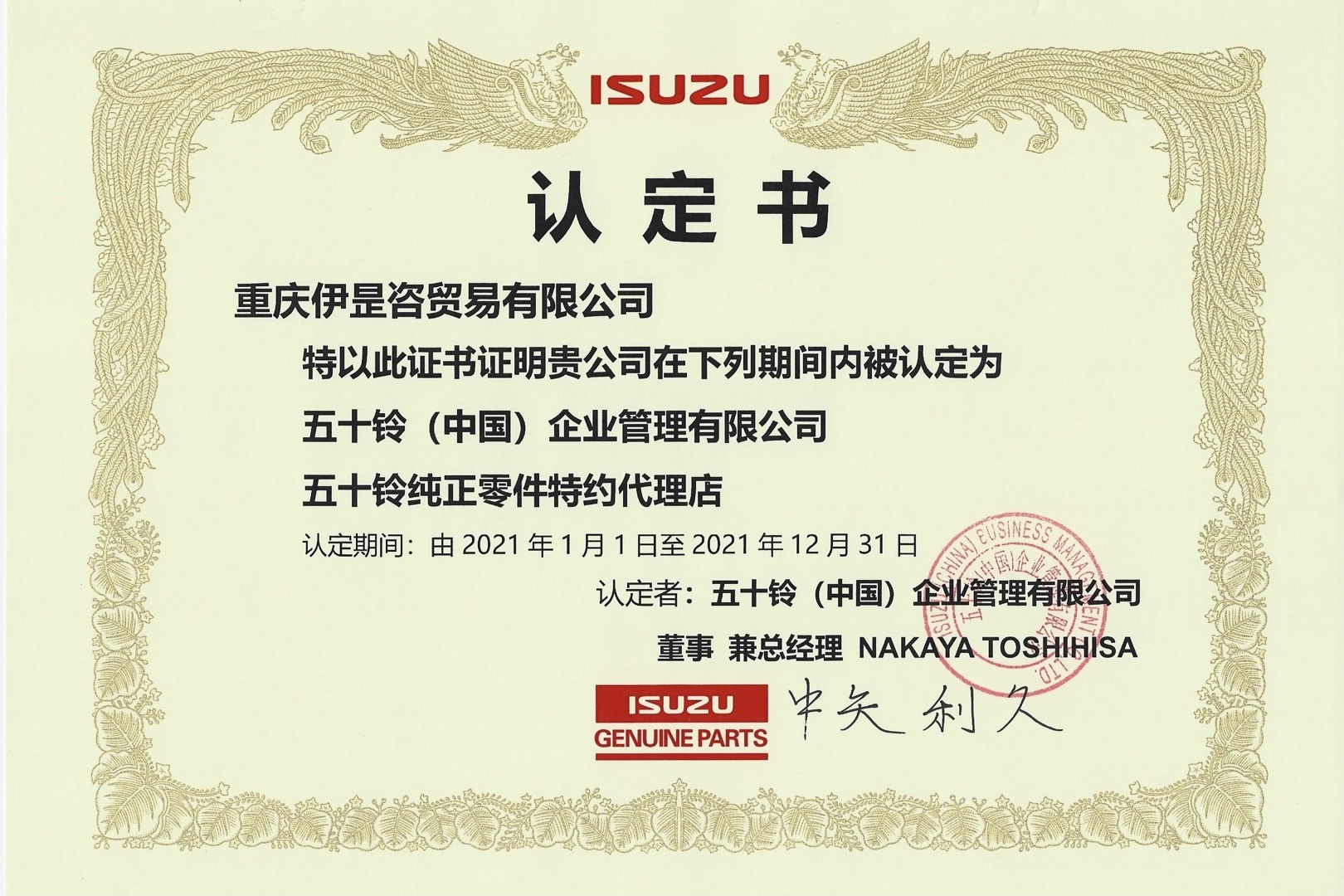8. Piston ring sticking ring
Obviously, the piston ring with sticking ring cannot control the oil. Therefore, this situation should be avoided as far as possible. First of all, the installation of the piston ring should ensure the correct piston ring side clearance, so that the piston ring can still move in the ring groove at the operating temperature when the engine is working. In addition, ensure that all parts of the engine are clean and free of dust particles when the piston ring is installed. Otherwise, the piston ring may become sticky. Third, select oil products with excellent performance to reduce the formation of carbon deposition, oil sludge and paint film. Fourth, the oil should be changed regularly and the oil filter should be cleaned. Fifth, avoid overheating the engine.
9. Valve timing lag
The delayed timing of the air valve makes the closing time of the intake valve after the start of the suction stroke too long, and the vacuum in the cylinder increases, which increases the probability that the oil is sucked into the upper combustion chamber of the cylinder from the gap between the piston, ring and cylinder liner and burned.
10. Oil pressure too high
Incorrect oil pressure setting and failure of safety relief valve will cause excessive oil pressure. The result is that the engine is soaked with excessive oil, resulting in the same result as bearing wear.
11. Oil viscosity
The viscosity of the oil used is too thin, which may cause high oil consumption. Refer to the vehicle maintenance manual and select the appropriate oil viscosity according to the driving conditions and ambient temperature.
12. Piston design
Some of the latest engines have adopted new piston ring designs to meet emission requirements. Sometimes, this design will have a slight "knock" at start-up. Sometimes it will increase oil consumption.
13. Inner gasket / air inlet cracked
In the new engine design, various composite materials composed of metals and other materials are often used. Due to the difference of thermal expansion and cold contraction of different materials, thermal stress fatigue or fracture will occur in the packing and seal after long-time operation, which will also lead to the increase of fuel consumption.
14. Pre ignition knock
Most new engines are equipped with knock sensors to adjust the timing system to reduce emissions and improve engine power and performance. Pre ignition knock is caused by the pre ignition of fuel during combustion. Early ignition leads to the sharp rise of the pressure accumulated on the piston, destroys the normal movement of the piston ring, causes the sealing failure of the top and bottom sides of the piston ring, and finally leads to the increase of gas channeling and fuel consumption through the piston ring. Failure of the throttle position and flow sensor can also lead to failure.
15. The user's own modification to improve engine performance and the use of spare parts in inventory or the installation of modified parts to improve engine performance / power on the engine increase the possibility of high fuel consumption of the engine.
16. Engine lugging
Lugging refers to running the engine at low speed when high speed (higher power / torque) should be used, which will lead to greater pressure on the piston and increase oil consumption.
17. Improper overspeed operation
When the engine is not suitable for overspeed operation, there are many different reasons related to overspeed operation, which will lead to the increase of engine fuel consumption. These situations include crawling and frequent start and stop in urban traffic. Refer to reason 36.
18. Turbocharger seal leakage
The seal leakage of the turbocharger will suck the oil into the combustion chamber, burn it there and form carbon deposit, hinder the normal operation of the engine and further lead to more oil consumption.
19. High intake resistance
Excessive intake system resistance will increase the vacuum degree in the engine and increase the oil consumption, as described in item 24. An example of this is the severe blockage of the air filter.
20. Fuel dilution
If the fuel is not completely burned into the lubrication system, the oil will become thinner and more volatile, which will lead to higher oil consumption. Excessive fuel may enter the lubrication system and mix with engine oil due to fuel nozzle leakage, faulty fuel pump, high intake resistance or excessive idle operation.
















